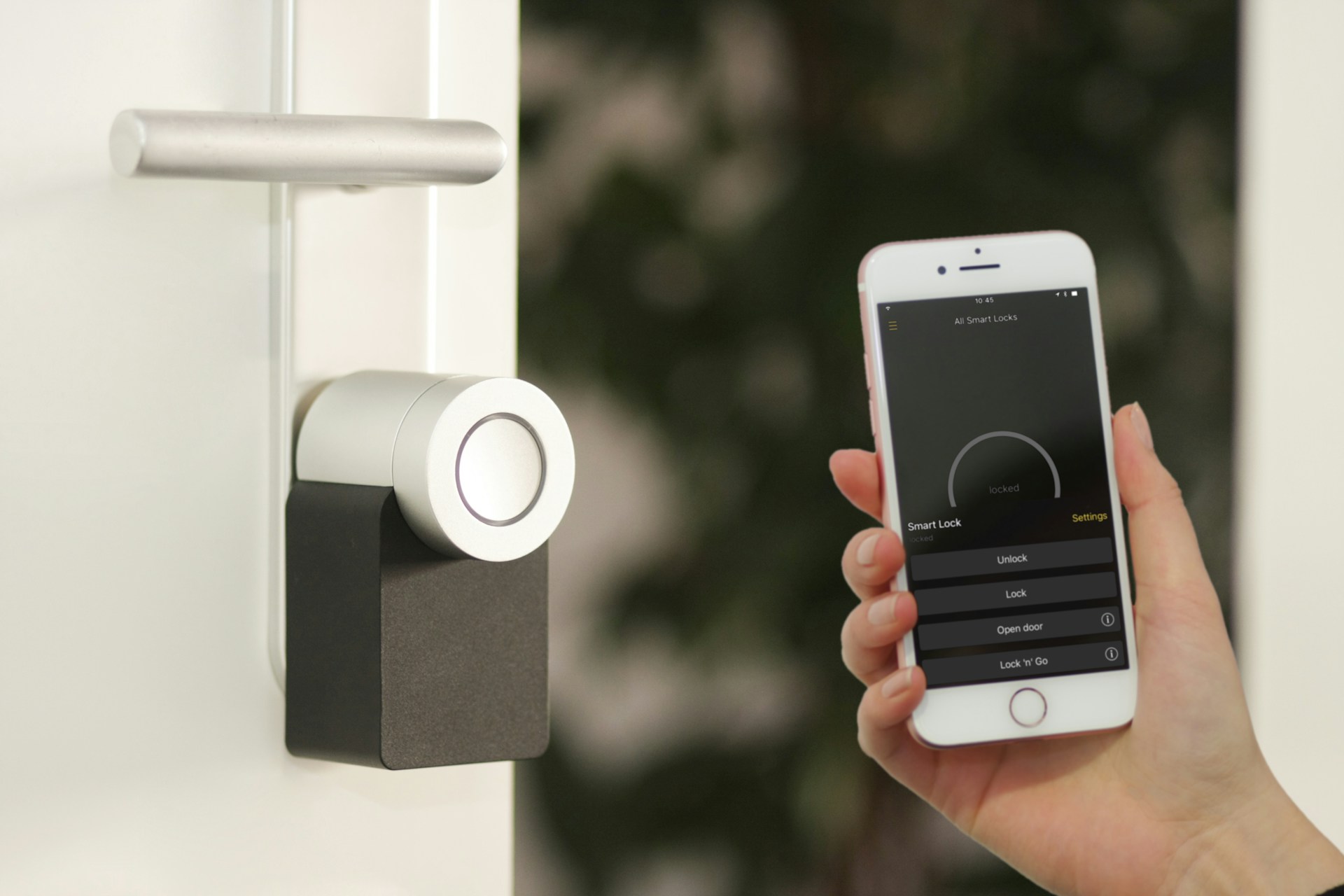
Smart gadgets promise to make life safer. But sometimes, they do the opposite. Many “safety” devices are easy targets for hackers. You might think your home is secure, but a weak password or outdated software can open the door to trouble. It’s not just about losing money or data. It’s about your privacy, your family, and your peace of mind. Here’s what you need to know about the hidden risks of popular safety gadgets.
1. Smart Door Locks
Smart door locks sound like a good idea. You can unlock your door with your phone or a code. But many models have weak security. Some use Bluetooth with no encryption. Others have default passwords that people never change. Hackers can use simple tools to break in. If you use a smart lock, always change the default password. Update the firmware when you can. And check if your lock has been in the news for security flaws.
2. Security Cameras
You install a camera to watch your home. But who’s watching the camera? Many security cameras are easy to hack. Some have open ports or weak default passwords. Hackers can watch your feed or even talk through the camera. This isn’t just a privacy issue. It’s creepy. Always set a strong, unique password. Turn off remote access if you don’t need it. And check for software updates. Some brands have a bad track record for fixing bugs. If your camera is old, it might be time to replace it.
3. Video Doorbells
Video doorbells are everywhere. They let you see who’s at the door, even when you’re not home. But many models have been hacked. Attackers can intercept the video feed or steal your Wi-Fi password. Some doorbells send data without encryption. That means anyone nearby can listen in. If you use a video doorbell, check the app settings. Use two-factor authentication if it’s available. And don’t share your login with anyone you don’t trust.
4. Smart Garage Door Openers
A smart garage door opener is convenient. You can open or close your garage from anywhere. But some models use old wireless technology. Hackers can “replay” the signal and open your garage. Others have weak cloud security. If someone gets your account info, they can control your garage. Always use a strong password. Check if your opener supports rolling codes, which change every time you use it. And log out of the app when you’re not using it.
5. Personal Safety Alarms
Personal safety alarms are small devices you carry for emergencies. Some connect to your phone and send your location to contacts. But if the app or device isn’t secure, hackers can track you. Some alarms have been found to leak location data. Before you buy, check if the company has had security issues. Read reviews from real users. And don’t give the app more permissions than it needs.
6. Smart Smoke Detectors
Smart smoke detectors can alert you to danger, even when you’re away. But some models have been hacked to send false alarms or stop working. If a hacker disables your smoke detector, you might not know there’s a fire. Always keep your device updated. Use a secure Wi-Fi network. And don’t connect your smoke detector to public Wi-Fi. If your model is no longer supported, consider replacing it.
7. GPS Trackers for Kids and Pets
GPS trackers help you keep tabs on your kids or pets. But many cheap models have poor security. Hackers can track your child or pet, or even change the device’s settings. Some trackers send data without encryption. That means anyone can see your location. If you use a GPS tracker, pick a trusted brand. Set a strong password. And check if the device uses encrypted communication.
8. Medical Alert Devices
Medical alert devices are supposed to keep people safe. But some have been found to leak sensitive data. Hackers can intercept signals or access your medical info. This can put you at risk, especially if you rely on the device. Always register your device with the manufacturer. Update the software when you can. And don’t share your account details with anyone.
9. Smart Plugs and Outlets
Smart plugs let you control appliances from your phone. But many are easy to hack. Some have no password at all. Others use outdated software. Hackers can turn your devices on or off, or use your plug to get into your network. If you use smart plugs, buy from a trusted brand. Change the default password. And keep your home Wi-Fi secure.
Staying Safe in a Connected World
Safety gadgets can make life easier, but they can also create new risks. Hackers look for weak spots in devices that people trust. The best way to protect yourself is to stay alert. Change default passwords. Update your devices. Don’t buy the cheapest option just to save money. And always check if your gadgets have known security problems. Your safety is worth a little extra effort.
Have you ever had a safety gadget hacked or fail you? Share your story or tips in the comments.
Read More
14 Electronic Gadgets That Are Surprisingly a Waste of Money
15 Warning Signs Your Online Privacy Isn’t Protected
The post 9 “Safety” Gadgets That Are Easier to Hack Than You Think appeared first on Budget and the Bees.







